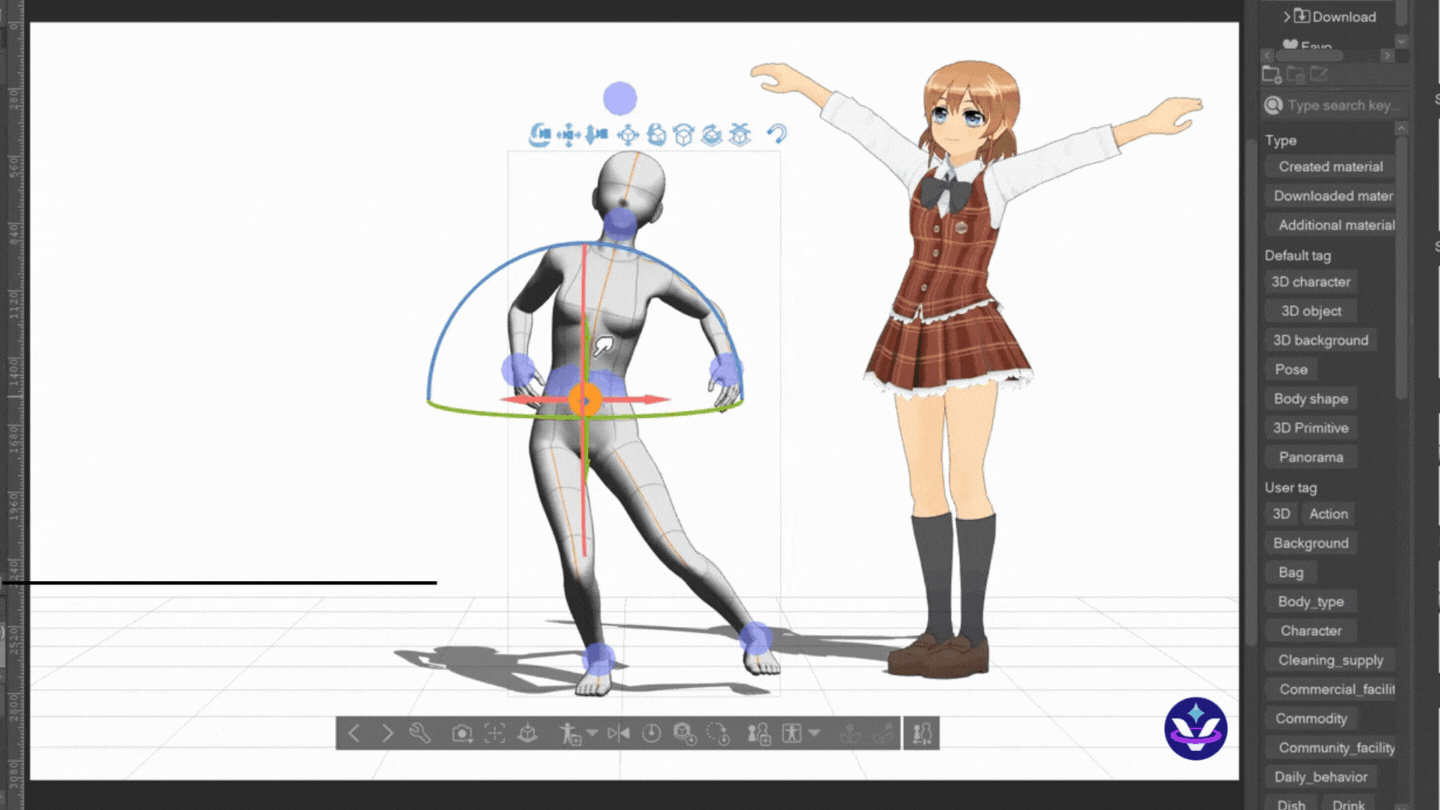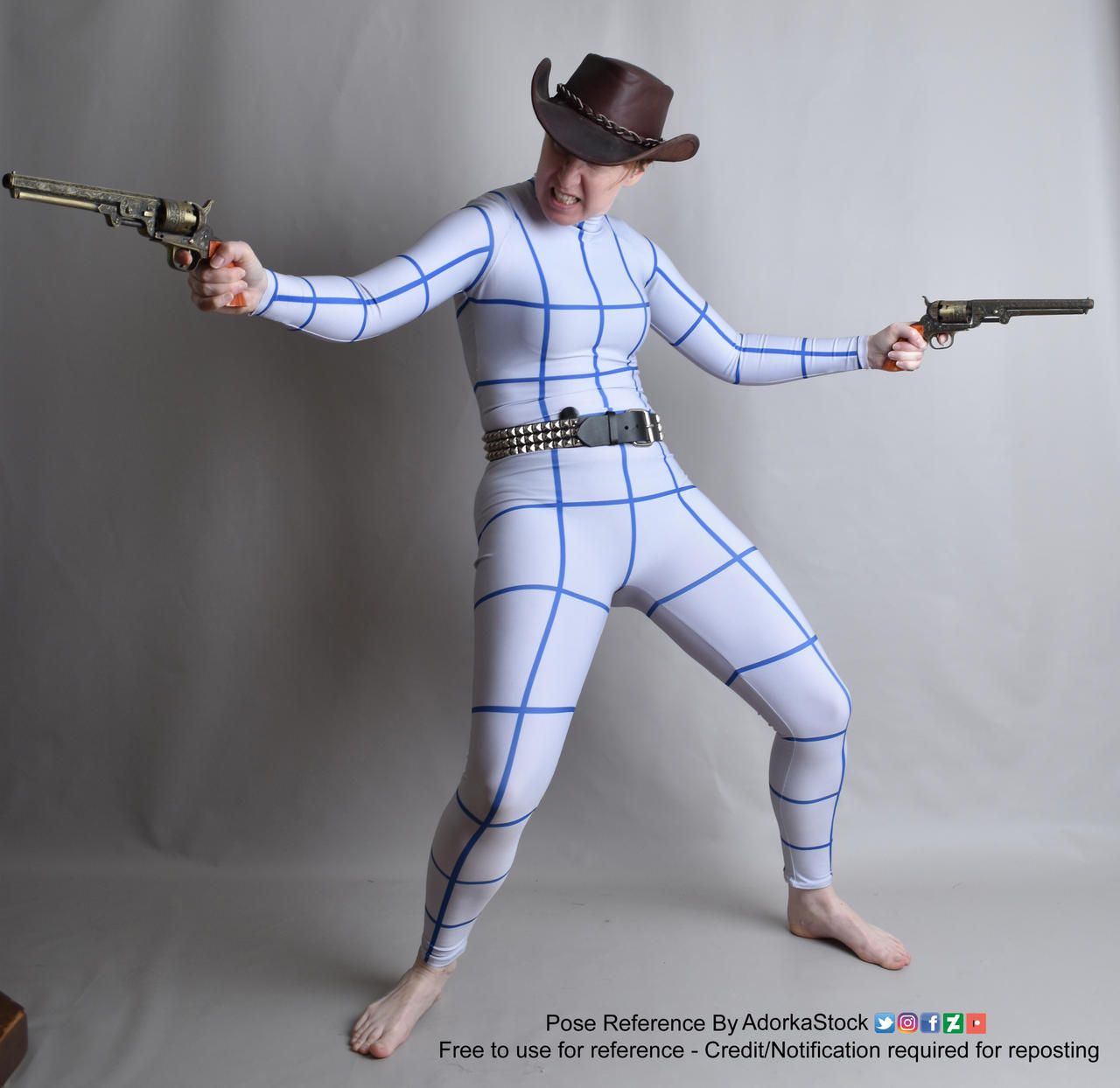Drawing Advice: Pushing Poses
A figure's pose has the ability to greatly shape the meaning, mood, or intention of a work. Learn how to better express your ideas by pushing your poses even further through these tips and resources.

How someone is posed says a lot about an image. Learning to understand the nuance of this body language is essential to developing as an artist. A figure's pose has the ability to greatly shape the meaning, mood, or intention of a work. Learn how to better express your ideas by pushing your poses even further through these tips and resources.
The Importance of Dynamic Poses
Artists can use the body language of a character to visually communicate important ideas. Creating compelling poses is an essential part of drawing characters, be they human or otherwise. A good pose can take a character from being stiff and boring to feeling lifelike.
I've uploaded a tutorial on how to draw dynamic poses 😋✍ pic.twitter.com/SQ16z9YcrZ
— Marcel (DlaS) (@DrawinglikeaSir) October 8, 2022
This tutorial by Marcel at Drawlikeasir highlights how slightly altering the pose of a figure can add so much energy and life to it. In the tweet, you can instantly see the difference made when Marcel adjusts the pose to be more dynamic, and his attached tutorial video discusses in depth theory on creating poses and what mastering it can do for your drawings.
Gesture and Drawing
When wanting to push your poses, it will help to learn more about gesture drawing. These 'gesture drawings'– simple, fluid sketches based on movement and feeling– are easy to do and will ultimately add life to a figure. Simple gesture drawings will help you get better at creating more fluidity and movement in your artwork.
Koizu has created a really wonderful tutorial that walks us through some gesture exercises. Koizu talks about drawing from life and capturing the overall feeling of a drawing through gestures. You can follow along with them through the video or even practice by using some photos of your own.
When gesture drawing, there are quite a few things to keep in mind:
Line of action - Figure out the line of action for the pose you are using in your work. This is the main curve that the figure will bend to from head to toe. You can do this when using a reference image as well as when drawing from imagination. If you feel your line may be too stiff, you can adjust the line of action to be more extreme and end up with a more fluid and exaggerated pose later on.
Pay attention to curves - After your line of action, pay attention to the curves of your figure. If the reference image has curves in certain places, add loose gesture of those curves to your line of action. Think of the natural volume of your figure and how the curves would move throughout the body as you begin to solidify its form.
Weight of the figure - Pay attention to how your character would distribute their weight in the pose they are in. Does one leg have more weight on it than another? Are the hips shifted to the left, or right? If a character has a tail, you can even think about how they would move with the weight of their tail in relation to the line of action.
Using References

Using references is extremely important for artists of all skill levels. You can choose to use specific references or none at all, but for most poses it will be helpful to combine aspects of different references and synthesis what you like most.
Use Stock images or photos - As seen in some of the tutorials above, stock images can be extremely helpful for artists that want to draw unique poses. There is a huge repository of stock images created by Adorkastock that has been insanely helpful to many artists, and it features fantasy-specific poses. They created the Cowboy Gunslinger featured above that you can use for free, with credit. You can also take fun pictures of yourself or your friends to use in much the same way!
Draw from life - Most artists recommend that you study and draw from life often. This can be anything from sketching passerby on a stroll, to drawing your own hands, to taking a figure drawing course. Drawing from life will give you the most opportunity to practice and build up your fundamental skills when drawing figures.
3D models or mannequins - Mannequins have long been a way for artists to practice drawing better poses. You can still buy a poseable wooden mannequin or even download the Manikin app for your phone which gives you a digital one. Nowadays, we can use 3D models to simulate poses very easily and Clip Studio even has a 3D model editor built right into it. Using this method you can preselect a posed humanoid figure and then adjust its joints to a pose of your liking. You can then can set the model layer to transparent and sketch directly on top!
Practice Makes Perfect
Practice drawing all kinds of different poses for your characters and each one will help you get better! Even if you only have small amounts of time to practice, there are lots of awesome things you can do to continue advancing your skills and have fun doing it.
AdorkaSketch has an awesome website that gives you a thirty second challenge to sketch a random pose. You can set filters to whatever you want, and then use the site for a low-pressure and engaging practice session.
Set up a simple routine of warm-up exercises to help you practice these concepts. Tiny warm-ups will stay with you and help you build on more complex drawings in later works!
This video by Jess Karp showcases 12 helpful warm up exercises that will help you improve your drawings and poses.
She also talks about maintaining a proper hand and body posture when drawing. Just like your characters' pose has purpose in a work, the pose you use when drawing will greatly affect your output! Practice warming up your brain and drawing in a pose that helps your hands last longer.
If you believe in supporting small teams with an authentic message and want to support our content, consider creating a profile over at UnVale and checking out our Discord server!

